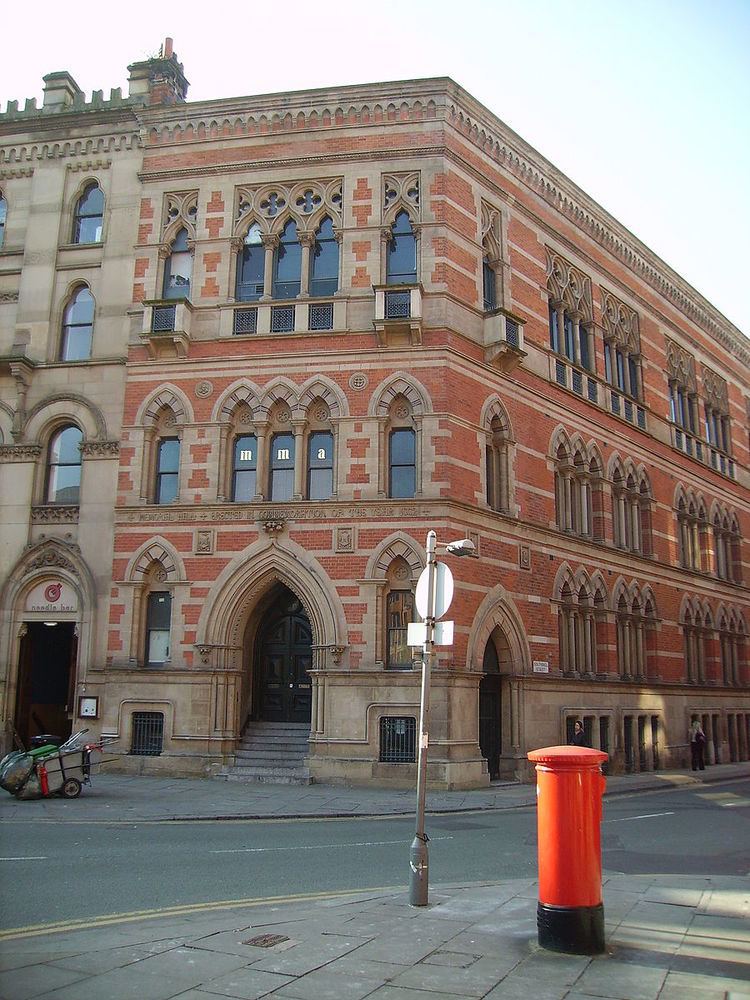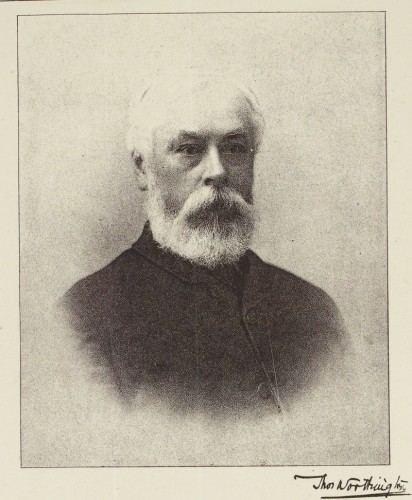Name Thomas Worthington | Role Architect | |
 | ||
Died November 9, 1909, Broomfield, Colorado, United States Structures | ||
Thomas worthington at canal winchester 2017
Thomas Worthington (11 April 1826 – 9 November 1909) was a 19th-century English architect, particularly associated with public buildings in and around Manchester. Worthington's preferred style was the Gothic and his building designs were often similar.
Contents
- Thomas worthington at canal winchester 2017
- Thomas worthington hs mannequin challenge
- Early life
- Social concerns
- Projects in Manchester and district
- Other projects
- Legacy
- References

Thomas worthington hs mannequin challenge
Early life
Worthington was born in Crescent Parade, Crescent, Salford, Lancashire, on 11 April 1826. He was the fourth of six sons of a Salford Unitarian cotton merchant, also called Thomas, and his second wife Susanna (1792–1869). He left school, aged 14, and was articled to Henry Bowman, architect (Bowman & Crowther). Before he was twenty he had won two medals: one for a church design (Royal Society of Arts) and one for an essay on "Brick" (Royal Institute of British Architects). After completing his articles in 1847, he assisted William Tite who was building Carlisle railway station but on the suspension of this work he went, in 1848, on an eight-month study tour to France, Italy and Switzerland accompanied by a friend, Henry A. Darbishire. Their journey took them through Tuscany, Latium and Campania; Worthington's notes and sketches from the trip provided him with a first-hand knowledge of Italian Gothic and Renaissance architecture, which provided him with inspiration for his own later work.
After returning to Manchester in October 1848, Worthington spent a short time gaining experience of quantity surveying, before opening his own architectural practice in King Street the following year.
Social concerns
Worthington was strongly influenced by his Unitarian upbringing, becoming committed to social reform and improvement and joining numerous learned societies, including the Manchester Literary and Philosophical Society, the Portico Library and the Royal Manchester Institution.
Partly as a result of his social concerns, Worthington was often commissioned to design public buildings, ranging from public baths and hospitals to workhouses and Unitarian churches. These were often designed in a Gothic style, not dissimilar to that of his contemporary and rival Alfred Waterhouse.
Projects in Manchester and district
Other projects
Legacy
His sons followed in his footsteps, training as architects and working in the family firm, Thomas Worthington & Sons. Hubert, later Sir Hubert Worthington (1886–1963) trained with Sir Edwin Lutyens and was professor of architecture at the Royal College of Art before becoming Slade lecturer in architecture at Oxford University. Percy Worthington (1864–1939), also worked in the family firm.
Thomas Worthington lies buried at the churchyard of the Victorian gothic Brookfield Unitarian Church, Gorton, Manchester.
